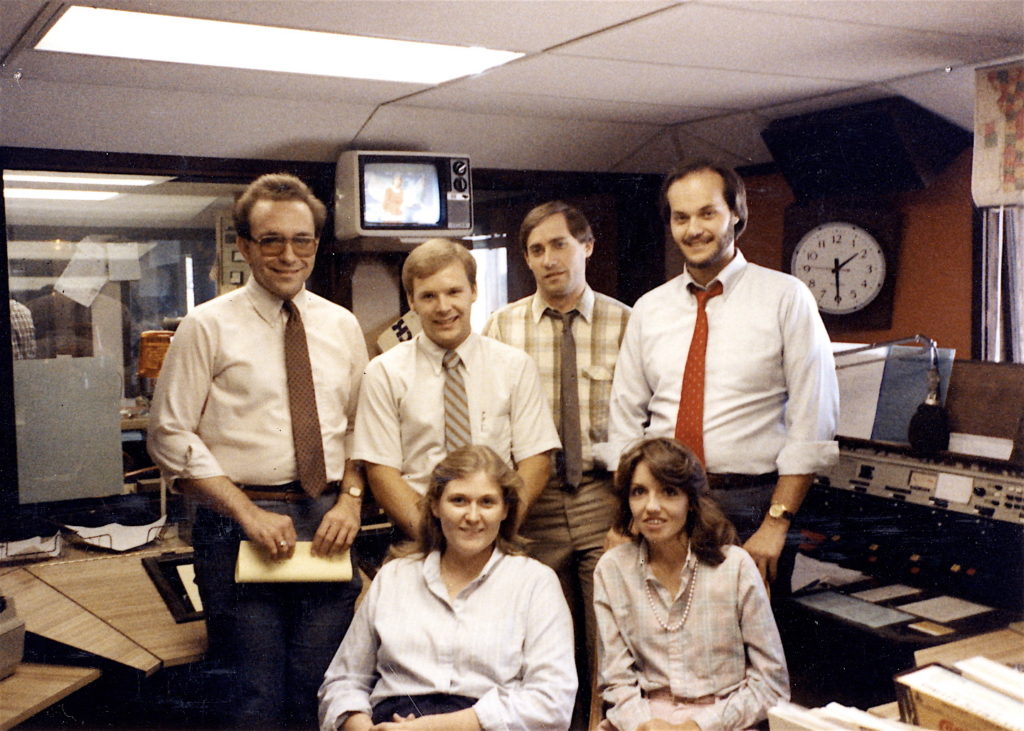I’ve been thinking about the “fake news” thing. In retrospect it seems inevitable. Cameras and social media so pervasive you can’t safely send a picture of your wiener or shoot a fleeing African American. The only way to protect yourself from unflattering news reports is to undermine confidence in all news reports. If you “cry wolf” all day, every day… people stop believing in wolves. [Even though wolves keeping eating people.] That naughty photo? Photoshop, duh! Video? A little harder but, yeah, doable. The FBI lab confirms the video has not been doctored? Of course they’d say that.
What’s next? Well, I see two paths.
One, this is where we live now. No way to hold anyone accountable because there’s no way to prove what they said or did. We’re essentially in the dark. Perfect plausible deniability is the new reality.
Or… or what? Well, some way to tell the bullshit from the not-bullshit. Not sure what that might look like but it’s probably going to be something we haven’t thought of yet. And it won’t be perfect. The people that believe Sandy Hook was fake will always believe that. No, it will be something reasonable people will rely on. This will happen because it has to. If not, everything starts coming apart and — if for no other reason — the rich guys won’t allow that.
I have no idea what this might look like but I have a hunch (have I shown you my hunch?) it will be technical in nature. Something more bulletproof than what passes for human intelligence. Something… artificial.
A really good AI would see all this fake news as a threat to the Greater System and fire up some autoimmune response. Digital white blood cells searching out and killing the fake news infection.
My guess is we’ll get a lot sicker from this and be sick for a while. And we might not survive. So, yeah, I’m counting on a Satoshi Nakamoto out there somewhere, hunched over a laptop, trying to save humanity.

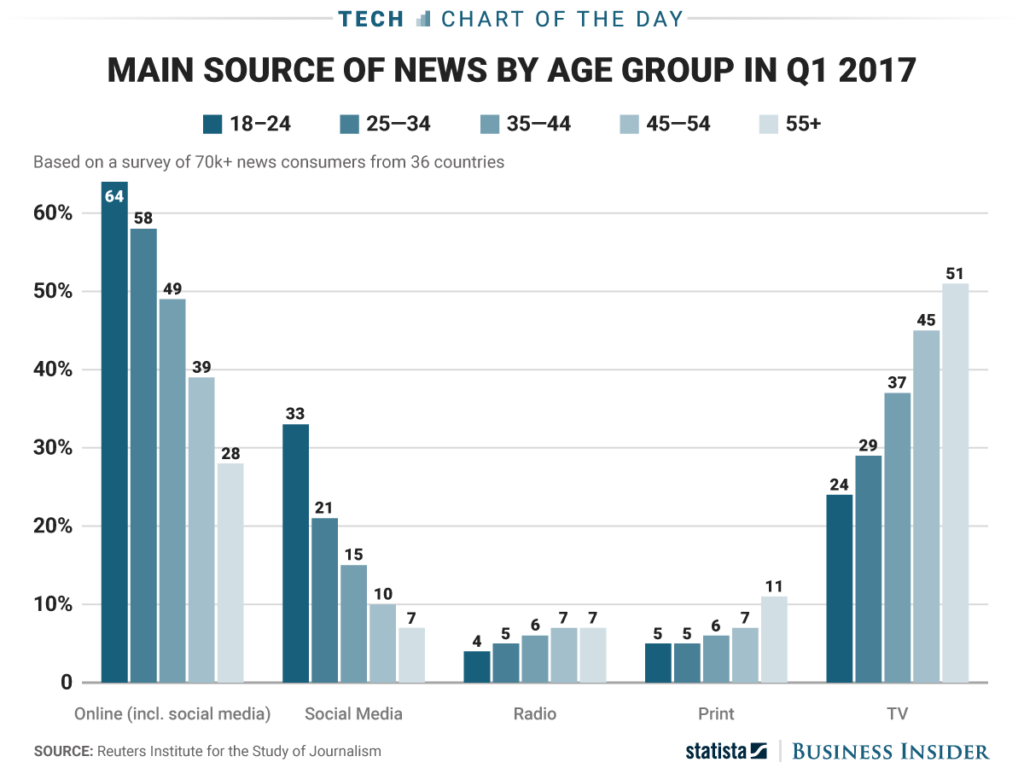
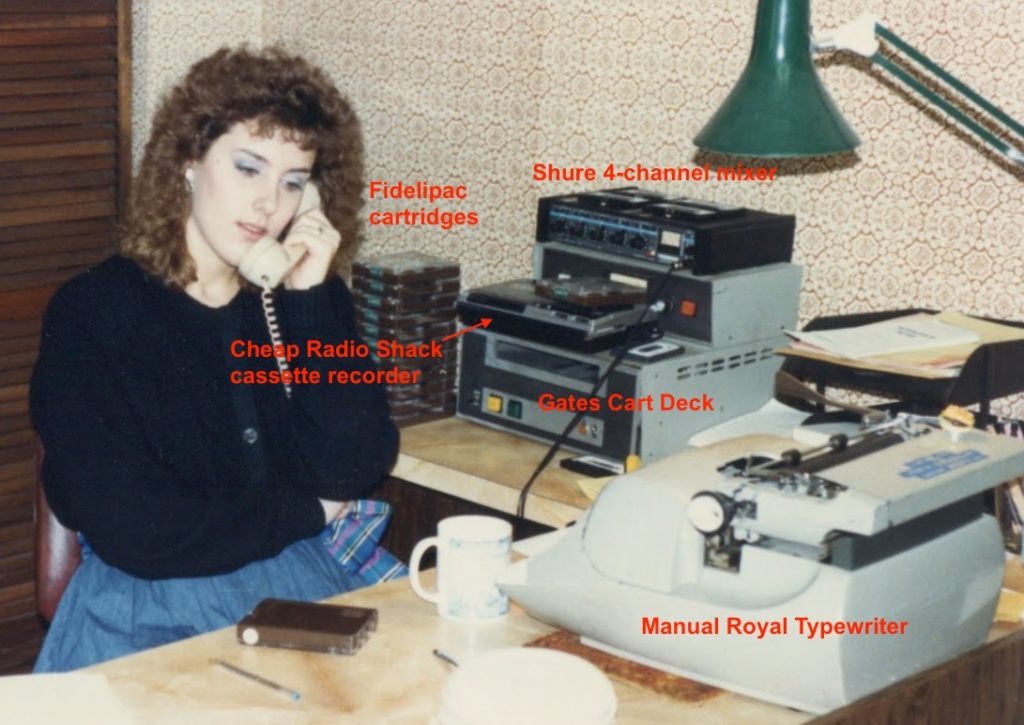
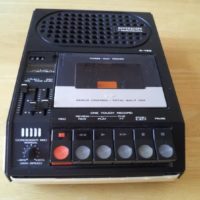
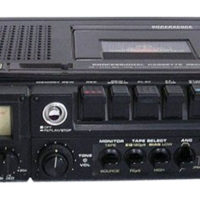


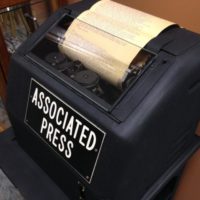 Our radio station didn’t have a national news network (until 1974) so we relied on the Associated Press newswire for just about everything throughout the day. During a live “board shift” we would dash to the AP teletype (in the transmitter room) and “rip the wire” which involved tearing a long strip of printed wire copy into piles of news, weather, sports, entertainment news, etc. If the paper jammed or the ribbon broke, we missed whatever was fed. If something the AP considered urgent was fed, an alarm bell on the teletype sounded.
Our radio station didn’t have a national news network (until 1974) so we relied on the Associated Press newswire for just about everything throughout the day. During a live “board shift” we would dash to the AP teletype (in the transmitter room) and “rip the wire” which involved tearing a long strip of printed wire copy into piles of news, weather, sports, entertainment news, etc. If the paper jammed or the ribbon broke, we missed whatever was fed. If something the AP considered urgent was fed, an alarm bell on the teletype sounded.